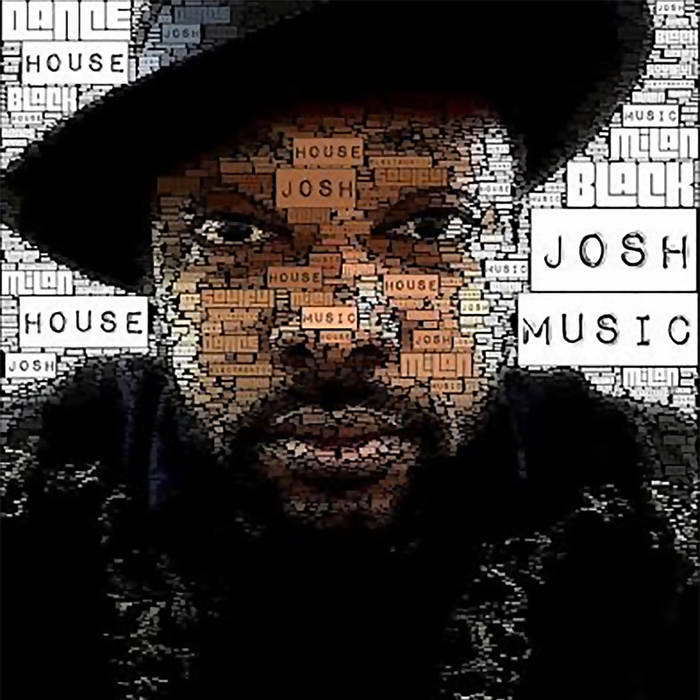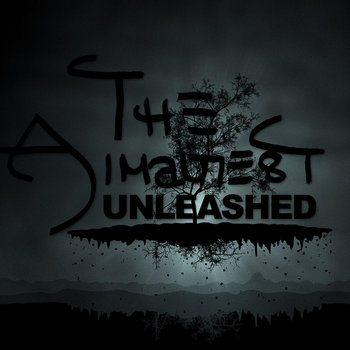
Written by Mathew Ingram — YouTube and the music industry have been beating each other up for some time now about the amount of money the video platform pays to record labels in the form of advertising revenue. On Tuesday it was YouTube’s turn to get some punches in.
The music industry has been adamant that YouTube doesn’t pay enough for the music its users post, at least compared to streaming services like Spotify. But—not surprisingly—the Alphabet subsidiary disagrees.
In a blog post on Tuesday, Robert Kyncl—YouTube’s chief business officer—revealed for the first time exactly how much money the video service pays the music industry for the right to use some of those songs. Last year, he said, the company paid more than $1 billion.
Until now, whenever this argument came up, all YouTube GOOG 0.69% would say was that it paid the industry a total of $2 billion since it first implemented its “Content ID” copyright tracking system in 2007. Tuesday’s blog post appears to be the first time the company has provided an annual figure.
These payments demonstrate that “multiple experiences and models are succeeding alongside each other,” Kyncl said—a fairly obvious reference to the fact that Spotify and other streaming services such as Apple Music license music directly, whereas YouTube provides a share of the revenue from ads that are posted alongside copyrighted content.
Kyncl went on to say that as ad dollars shift away from TV and print to online sources, “the music business has an opportunity to look a lot like television, where subscriptions and advertising contribute roughly equal amounts of revenue, bolstered by digital and physical sales.”
For months now, music executives have been complaining that YouTube doesn’t pay them enough, mostly because the amount it pays doesn’t match what Spotify pays for licensing.
Among other things, the Recording Industry Association of America has argued that YouTube and other providers should lose the “safe harbor” protection they get under the Digital Millennium Copyright Act. That’s the clause that prevents copyright holders from suing for infringement, as long as the service takes down infringing material when it gets notified.
RIAA chairman Cary Sherman has argued repeatedly that YouTube doesn’t pay nearly as much as it should for the music its users post, and also maintains that the service encourages piracy by making it too hard to get infringing content removed.
“When you compare what we get when we get to freely negotiate, with a company like Spotify, vs. what we get when we are under the burden of an expansively interpreted ‘safe harbor,’ when you’re negotiating with somebody like YouTube, you can see that you’re not getting the value across the platforms that you should,” Sherman told Recode.
The RIAA boss also wrote a post that was published on Medium in March, in which he complained about the “value grab,” as he called it, that allowed ad-supported services like YouTube to pay far less per song than streaming services like Spotify (which paid $1.8 billion in 2015).
“Fans listened to hundreds of billions of audio and video music streams through on-demand ad-supported digital services like YouTube, but revenues from such services have been meager,” Sherman wrote. “Some technology giants have been enriching themselves at the expense of the people who actually create the music.”
YouTube’s argument, however, is that the video service is a fundamentally different beast than Spotify, where people specifically go to listen to music. In many cases, the music in YouTube videos is secondary to their intended purpose, the company says—and regardless, the Content ID system allows rightsholders to monetize those views if they want to.
And while the record industry likes to hold Spotify up as an example of a company that is doing the right thing, onerous licensing payments—which are equivalent to about 85% of the service’s revenue—have made it virtually impossible for the company to actually make any money. That doesn’t sound like a very sustainable model.
Click here to read more from this article's source.












































